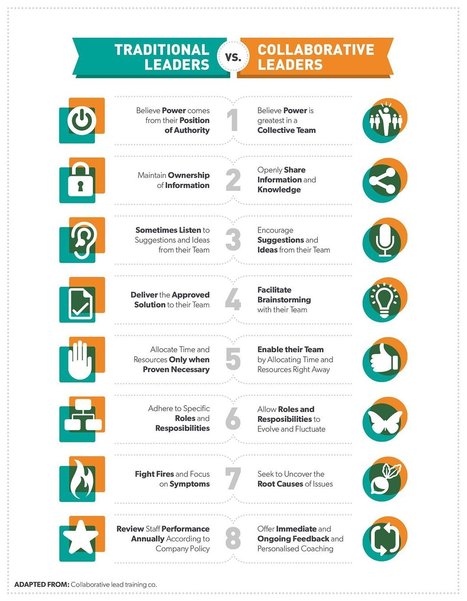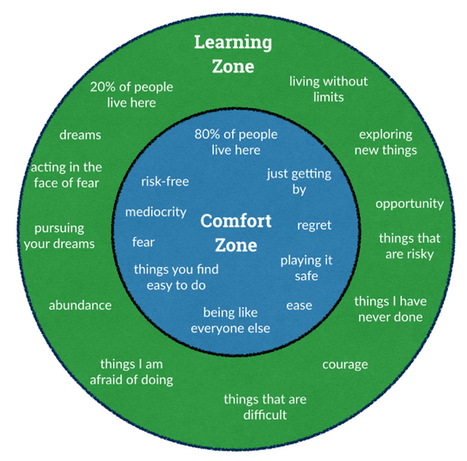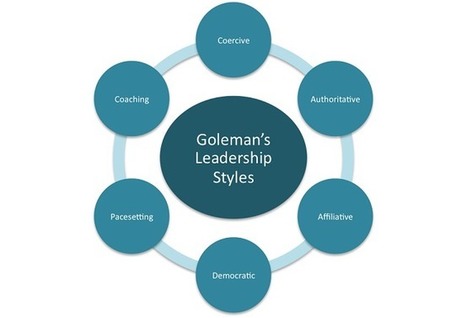So what does tomorrow’s leader look like? Here are four traits on the rise:
Part of the team. For a millennial workforce, working collaboratively is key – and that includes the chance to challenge and question the boss. Great leaders will spend time meeting their staff and really listening to what they have to say.Admitting mistakes. Authenticity rules, and that might mean having the courage and conviction to admit lack of knowledge or making the wrong call. Humility is critical, particularly in an age of transparency and public accountability.Multi-sector experience. Millennials are far more likely to move between jobs and sectors as they develop their career, and they’ll expect their leaders to have the same breadth of experience. The journey from shop floor to CEO isn’t as relevant for tomorrow’s workforce.Female characteristics. It’s still a shocking truth that 5% of Fortune 500 positions go to women, but the evidence shows that businesses benefit enormously from behavioural traits often considered to be female, such as emotional intelligence, diplomacy and complex social skills. Women make great leaders.
Via Gust MEES



 Your new post is loading...
Your new post is loading...














![5 Keys to Inspiring Leadership, No Matter Your Style [Infographic] | Tidbits, titbits or tipbits? | Scoop.it](https://img.scoop.it/Yx6n8qJdZXNHm-TrF6Of7zl72eJkfbmt4t8yenImKBVvK0kTmF0xjctABnaLJIm9)

















I strongly belief that this applies also to school principals
Good infographic. Collaborative leadership is a feature of the new world of work.
An additional trait I love to see in a collaborative leader is the belief in #HumanNobility : believing that each individual has unlimited potential and that I as a leader need to allow that potential to contribute to the team in a collaborative natural flowing way.